Coleman Hawkins - The Complete Albums Collection: 1957-1959 (2017)
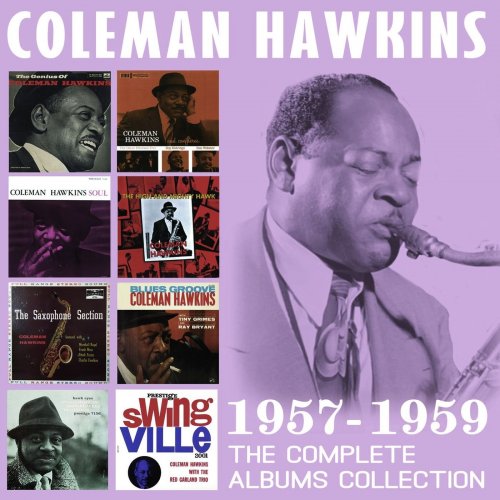
Artist: Coleman Hawkins
Title: The Complete Albums Collection: 1957-1959
Year Of Release: 2017
Label: Enlightenment
Genre: Jazz
Quality: FLAC (tracks) / MP3
Total Time: 5:12:52
Total Size: 1.52 GB / 721 MB
WebSite: Album Preview
Tracklist:Title: The Complete Albums Collection: 1957-1959
Year Of Release: 2017
Label: Enlightenment
Genre: Jazz
Quality: FLAC (tracks) / MP3
Total Time: 5:12:52
Total Size: 1.52 GB / 721 MB
WebSite: Album Preview
01. I'll Never Be the Same
02. You're Blase
03. I Wished on the Moon
04. How Long Has This Been Going On?
05. Like Someone in Love
06. My Melancholy Baby
07. Ill Wind
08. In a Mellow Tone
09. There's No You
10. The World Is Waiting for the Sunrise
11. Somebody Loves Me
12. Blues for Rene
13. Maria
14. Sunday
15. Hanid
16. Honey Flower
17. Nabob
18. Soul Blues
19. I Hadn't Anyone Till You
20. Groovin'
21. Greensleeves
22. Sunday Mornin'
23. Until the Real Thing Comes Along
24. Sweetnin'
25. Bird of Prey Blues
26. My One and Only Love
27. Vignette
28. Ooh-Wee, Miss G.P
29. You've Changed
30. Get Set
31. There Is Nothin' Like a Dame
32. Ooga Dooga
33. Thanks for the Misery
34. An Evening at Papa Joe's
35. I've Grown Accustomed to Your Face
36. Marchin' Along
37. A Smooth One
38. Blues Wail
39. April in Paris
40. Soul Station
41. Through for the Night
42. La Rosita
43. Hawk Eyes
44. C'mon In
45. Stealin' the Bean
46. It's a Blue World
47. I Want to Be Loved
48. Red Beans
49. Bean's Blues
50. Blues for Ron
Before the likes of Sonny Rollins and John Coltrane were passed the torch, Coleman Hawkins laid claim to being the undisputed king of tenor saxophone. One of the first musicians to adopt the instrument for use in a leading role, Hawkins soon became known for his powerful yet soulful tone, lending his talents primarily to the swing and big band styles, before becoming one of the leading figures in the 1940s bebop movement. Since the early 1920s he took part in a multitude of recording sessions - variously as a leader, a co-leader and a sideman - that would help set the tone not just for the evolution in jazz, but for the development of modern music as a whole. By 1957, Hawkins had embarked on what would be one of the most productive and celebrated periods of his career. His playing would feature on a staggering 20 albums over the next two years alone, whether as front man, co-leader or supporting musician. Hawkins, alongside such legendary players as Gigi Gryce, John Coltrane and Art Blakey, would appear on Thelonious Monk s masterpiece Monk s Music (Riverside, 1957), an album honoured by its inclusion in the Grammy Hall of Fame in 2001. He was also part of a quartet of tenor saxophonists that collaborated on Very Saxy (Prestige, 1959), which included Eddie Lockjaw Davis, Buddy Tatt and Arnett Cobb. However, Hawkins finest work came when he was firmly at the reins. With an unrelenting love of the jazz genre and a watchful eye for the latest talent, Hawkins enlisted a number of musicians during this period that would become hugely renowned in their own right across the years that followed. His 1957 album The Genius Of Coleman Hawkins (Verve) would feature Oscar Peterson s Quartet as his backing group, and on The Hawk Flies High (Riverside, 1957) Hawkins was joined by bassist Oscar Pettiford, pianist Hank Jones, trumpeter Idrees Sulieman and drummer Jo Jones. Blues Groove (Prestige, 1958) was Hawkins first album to feature tenor guitarist Tiny Grimes, a partnership that continued on Hawk Eyes (Prestige, 1959). One of his more curious releases came in the form of Coleman Hawkins: A Documentary (Jazz Archives Series, 1958), a double LP collection on which the Hawk discussed openly his (by then) three decades in the business. Coleman Hawkins style took on a dramatic shift during this era as he claimed to no longer appreciate his brighter, earlier recordings, and developed a harder-edged tone, which itself was participatory in the progression of the bebop genre. Despite being hugely influential in its development however, Hawkins never fully embraced bop, instead choosing to retain the blues and soul elements of his sound. One of Hawkins finest albums of all was released at the end of the 1950s; a collaboration with master pianist Red Garland entitled Coleman Hawkins With The Red Garland Trio (Swingville, 1959) on which the pair were joined by drummer Charles Specs Wright and bassist Doug Watkins. This CD collection, documenting Coleman Hawkins complete output as bandleader during the period 1957 to 1959, provides a fascinating and delightful compilation of some of the great man s very best work during what would be a lengthy and productive career. Illustrating how this master musician would change his style regularly, not for reasons of fashion or popularity, but from an in-built need to push forward the boundaries and develop the arena in which he worked, the eight original records featured - all in the finest remastered format - show clearly why Coleman Hawkins has remained a legendary musician and an iconic figure in the history of 20th century American music.
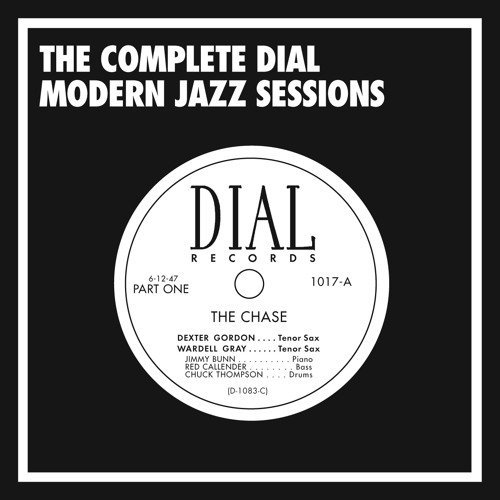
![Noé Sécula - A Sphere Between Other Obsessions (2025) [Hi-Res] Noé Sécula - A Sphere Between Other Obsessions (2025) [Hi-Res]](https://www.dibpic.com/uploads/posts/2025-12/1766108017_sej880ryk23va_600.jpg)
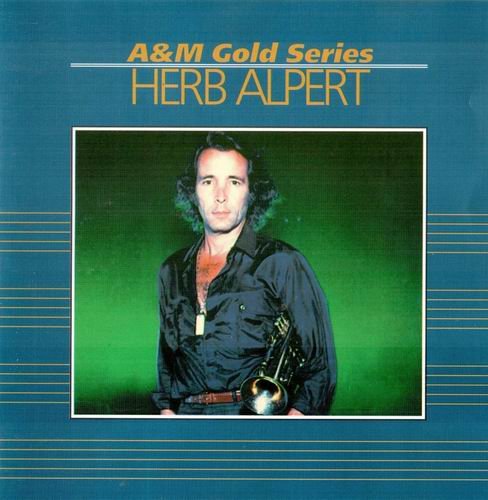

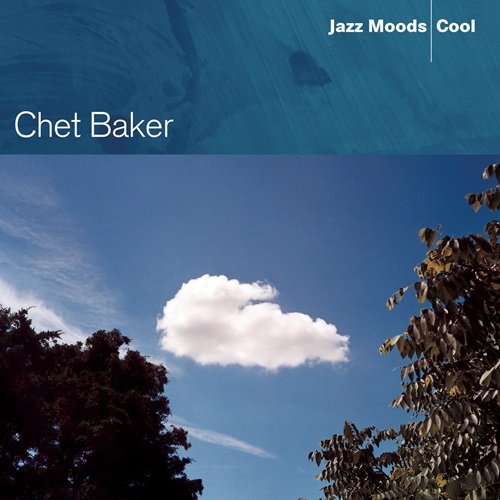
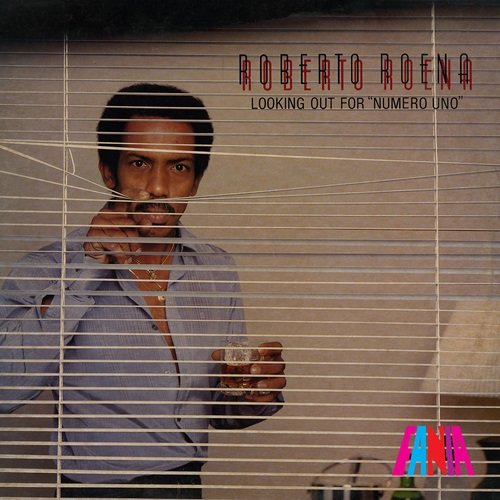
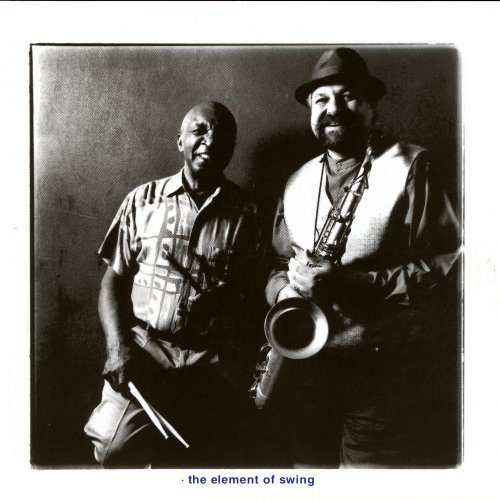

![Luizinho do Jêje, Marcelo Galter, Sylvio Fraga - Mocofaia (2024) [Hi-Res] Luizinho do Jêje, Marcelo Galter, Sylvio Fraga - Mocofaia (2024) [Hi-Res]](https://img.israbox.com/img/2025-12/19/ie15pqye9f7axu0oyf0ndsk7k.jpg)